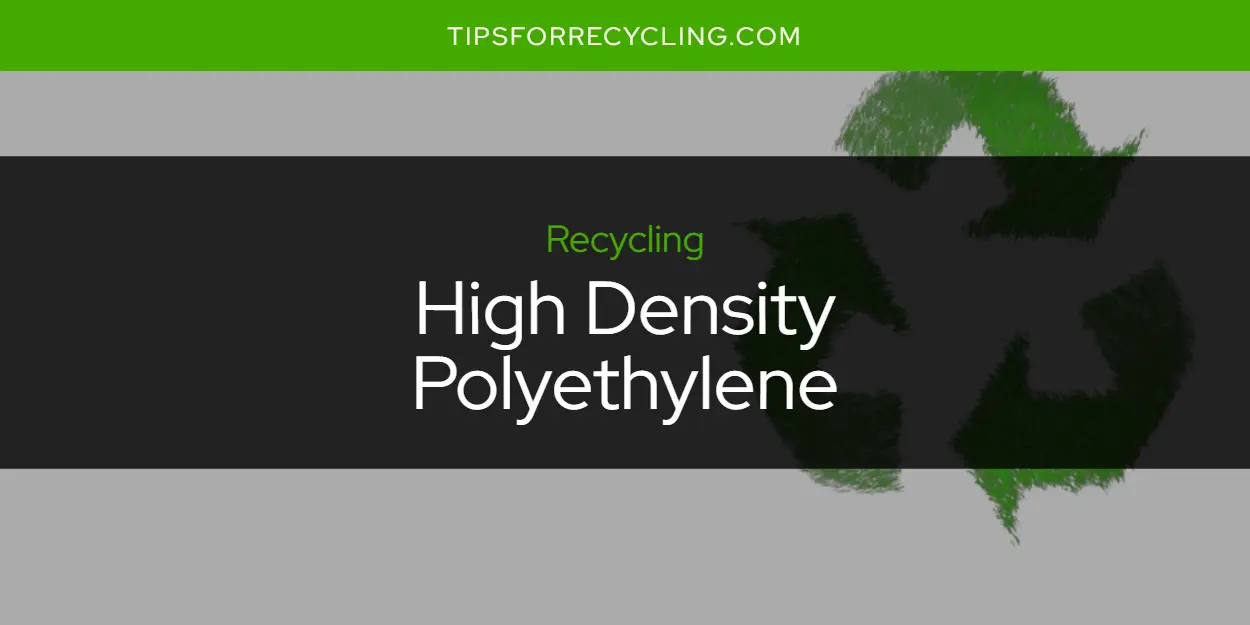Is High Density Polyethylene Recyclable?

High density polyethylene (HDPE) is a type of plastic that is very commonly used and found in many items. It is recyclable and can be reused to create products such as milk jugs, detergent bottles, furniture, plastic lumber, piping, and storage containers.
See the below map for locations where you can recycle high density polyethylene.
Yes, you can make money recycling HDPE. It is possible to sell the recycled material to companies who will use it in making new products. The amount of money you can make depends on the quality of the material and current market prices.
Similarly, see if you can recycle polyethylene.
HDPE materials such as milk jugs and detergent bottles can be recycled through curbside collection programs or local drop-off locations. Additionally, many retailers have started to implement recycling programs for their own plastic packaging materials.
Similarly, see if you can recycle wax paper.
Recycling HDPE reduces greenhouse gas emissions by conserving energy used in production process; it also reduces the amount of waste sent to landfills. Furthermore, it helps conserve natural resources since most HDPE products are made from petroleum-derived materials.
Similarly, see if you can recycle packing foam.
HDPE is most often found in food and beverage containers such as milk jugs and detergent bottles, but can also be seen in toys, furniture, piping, medical equipment and storage containers.
Similarly, see if you can recycle toothpaste tubes.
HDPE usually has a #2 or "HDPE" symbol printed onto it which indicates that the material is made from high density polyethylene. To check if any item contains HDPE, simply look for the resin identification code or number on its label.
Similarly, see if you can recycle spiral notebooks.
Once collected for recycling, HDPE will be sorted based on color and purity levels before being melted down into pellets or flakes that are then used to manufacture new items such as bins or buckets. By recycling these materials we are able to reduce our consumption of raw materials thereby helping conserve natural resources while reducing the amount of waste sent to landfills.